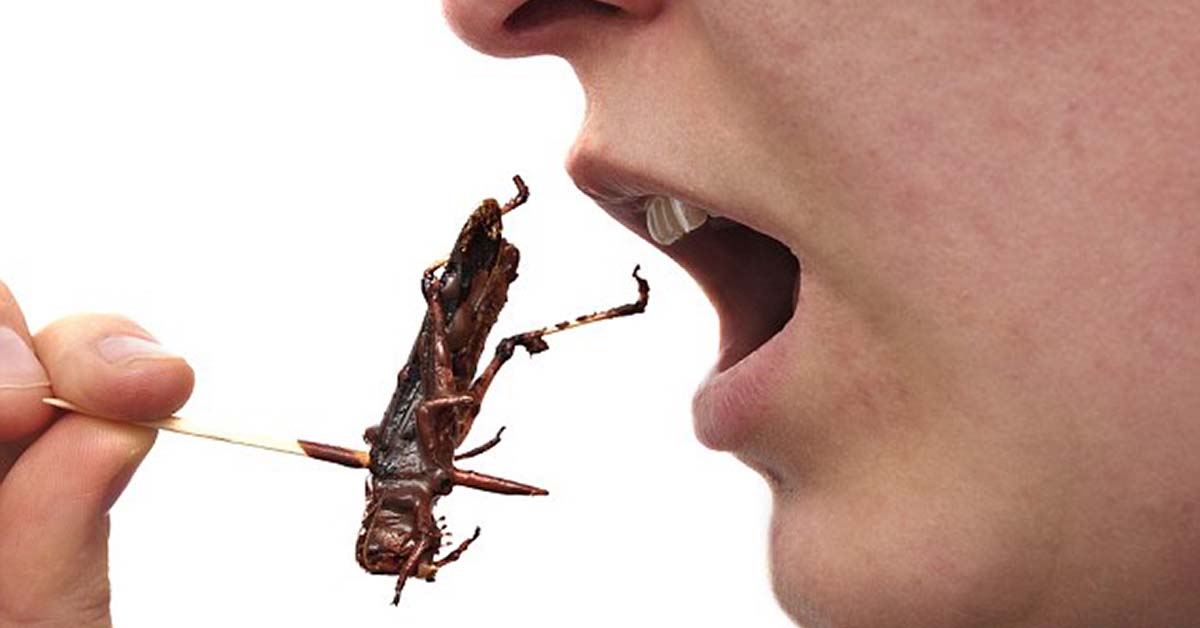Following reports of allergic reactions suffered after the consumption of edible insects, the Korea Consumer Agency conducted a survey sampling 500 respondents. Of those, 46 people (9.2%) had experienced allergic reactions.
The 12 people who experienced skin reactions had eaten more traditional choices such as silkworm pupas and grasshoppers, as well as other edible insects such as two-spotted crickets.
The agency also disclosed that between the years of 2013 and 2016, 156 cases of allergic reactions were reported related to the consumption of silkworm pupa, widely known as bundaegi. Of those, 76.9% experienced rashes and other skin-related conditions, while 9% suffered from stomach pain and other digestive conditions.
“Allergen labels need to be printed on the packages of edible insect products,” the Korea Consumer Agency argued.
While we at SnackSafely.com do not expect silkworm pupa to be added to the FALCPA Top 8 allergens any time soon, we agree that consumers everywhere have a right to know precisely what is in their food and the risk such ingredients pose.
Plan on munching a crunchy grasshopper? Make sure to take both epinephrine auto-injectors along everywhere, every time.






Many insects with exoskeletons are in the same family as shellfish – wrote about it here https://www.pediatricsafety.net/2017/09/chores-outdoors-watch-out-for-hidden-allergens/
Insects are closely related to shellfish. I have noticed one or two brands now using grasshoppers that state this right on the packaging. Unfortunately, I’ve also seen an uptick in insects being used as protein boosts in flours. For those not familiar with edible bugs, I feel this trend can be very dangerous.